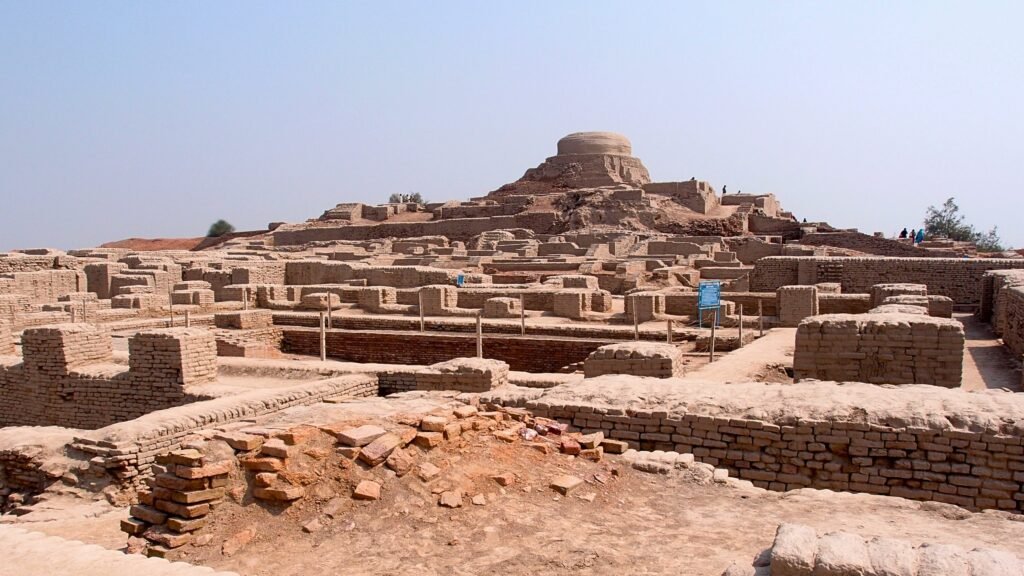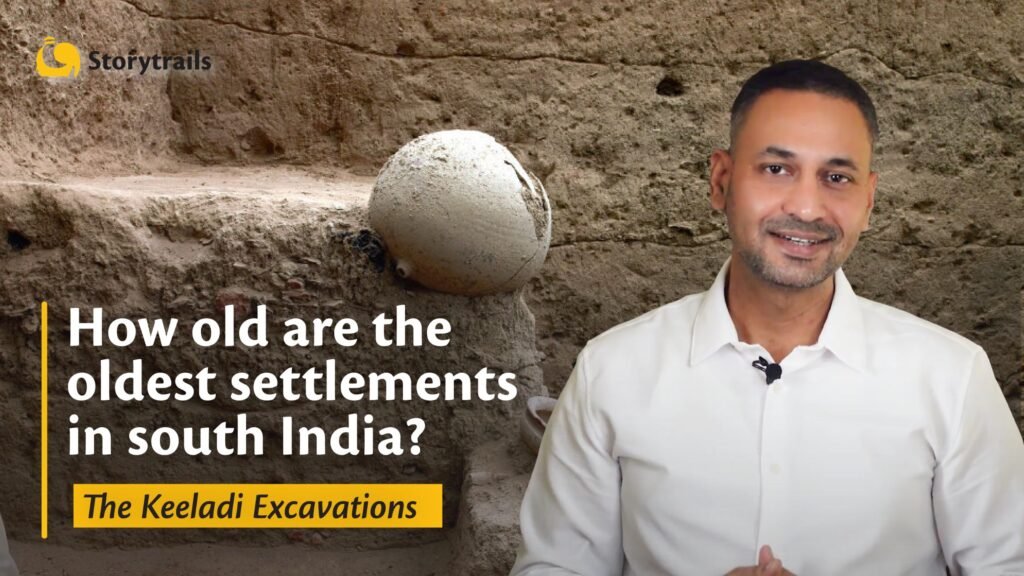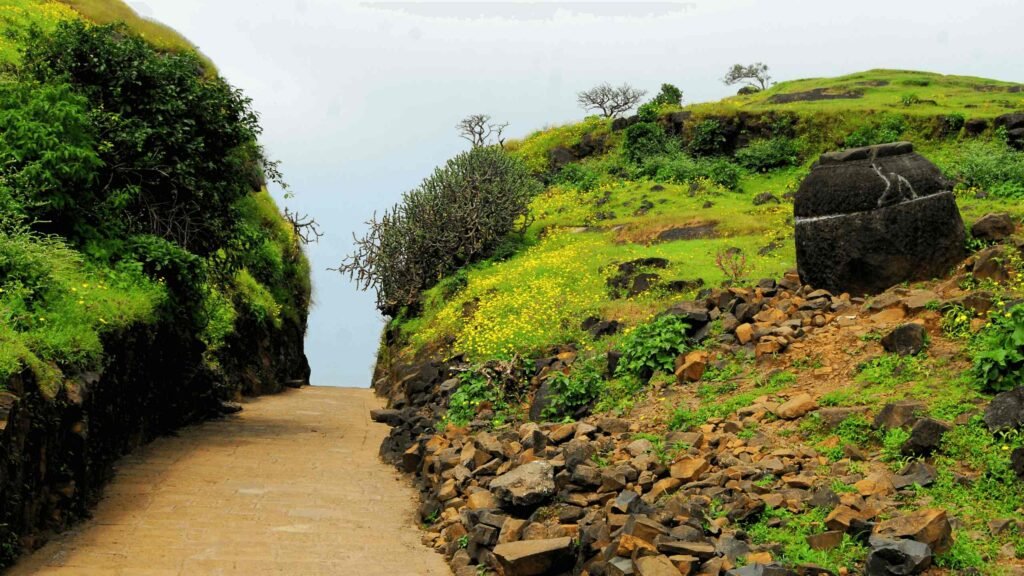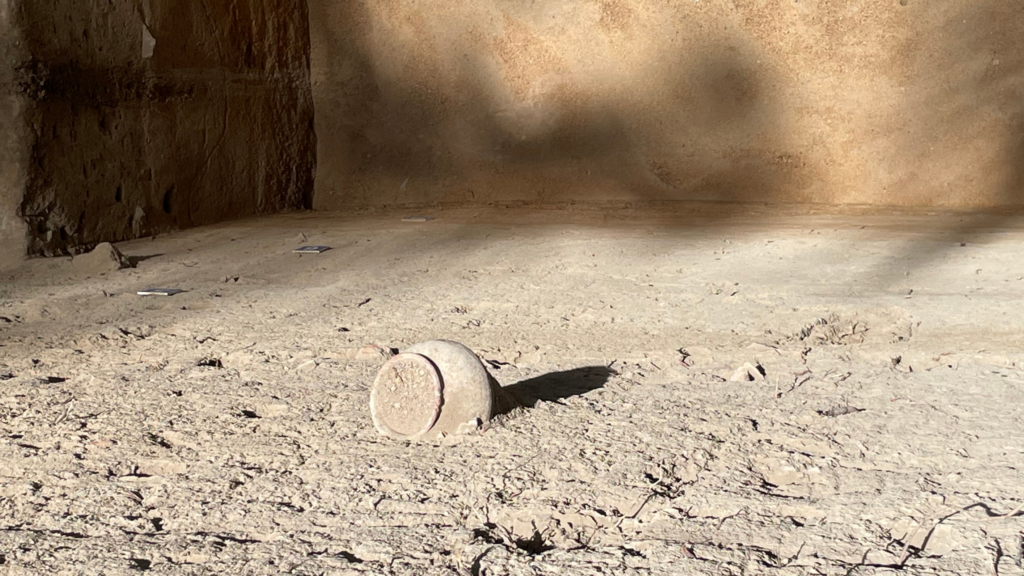1. Urns in Adichanallur archaeological site
Balurbala, CC BY-SA 4.0 <https://creativecommons.org/licenses/by-sa/4.0>, via Wikimedia Commons
https://commons.wikimedia.org/wiki/File:Adichanallur_Urn.jpg
2. Photomicrograph of Streptococcus pyogenes bacteria
Photo Credit:Content Providers(s):, Public domain, via Wikimedia Commons
https://commons.wikimedia.org/wiki/File:Streptococcus_pyogenes.jpg
3. Ulixes mosaic in the Bardo National Museum
Ancient Roman art in the Bardo National Museum, CC BY-SA 2.0 <https://creativecommons.org/licenses/by-sa/2.0>, via Wikimedia Commons
https://commons.wikimedia.org/wiki/File:Bardo_Mosaic_Ulysses.jpg
4. Roman trireme on the mosaic in Tunisia
Mathiasrex, CC BY-SA 3.0 <http://creativecommons.org/licenses/by-sa/3.0/>, via Wikimedia Commons
https://commons.wikimedia.org/wiki/File:Romtrireme.jpg
5. Roman gold coins excavated in Pudukottai, India
Uploadalt, CC BY-SA 3.0 <https://creativecommons.org/licenses/by-sa/3.0>, via Wikimedia Commons
https://commons.wikimedia.org/wiki/File:Roman_gold_coins_excavated_in_Pudukottai_India_one_coin_of_Caligula_31_41_and_two_coins_of_Nero_54_68.jpg
6. Marble Relief Frieze with Roman Soldiers, 1st Century AD, Altes Museum, Berlin, Germany
Gary Todd from Xinzheng, China, CC0, via Wikimedia Commons
https://commons.wikimedia.org/wiki/File:Marble_Relief_Frieze_with_Roman_Soldiers,_1st_Century_AD_(28629662692).jpg
7. White pearl necklace
Flickr.com user “tanakawho”, CC BY 2.0 <https://creativecommons.org/licenses/by/2.0>, via Wikimedia Commons
https://commons.wikimedia.org/wiki/File:White_pearl_necklace.jpg






